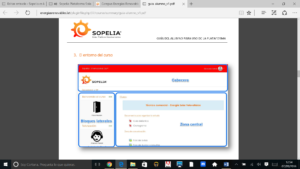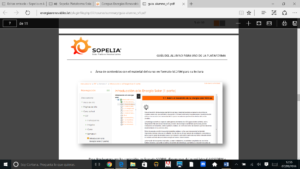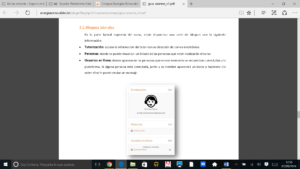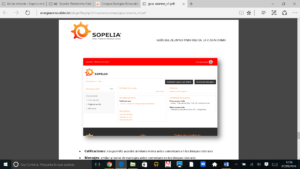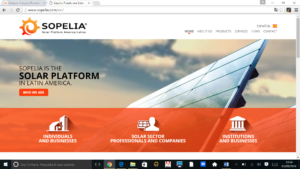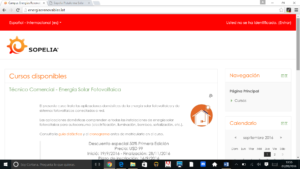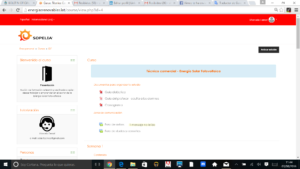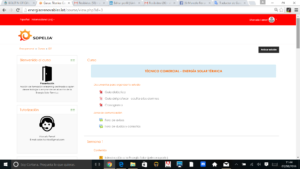The Sun is an average star, its radius is about 700,000 km and its mass equivalent to that obtained joining around 300,000 planets same to Earth.
Just a century ago, it was unknown how the sun could produce so much amount of energy as it radiates into space.
All theories raised led to the same conclusion: the Sun could not have a higher age of about 20 million years. If the Sun was older, he should have cooled.

Darwin raised his studies of rocks formation and erosion, and the very slow evolution of life. For his theories made sense, he needed a greater age of the Sun; at least hundreds of millions of years, or perhaps billions of years.
In order to provide a solution to the problem, it had to wait until radioactivity discovery and acceptance of the surprising notion that mass and energy are interchangeable in some way, according to Einstein’s equation E = mc2
Sir Arthur Eddington was the first to evaluate all the data and dared to speculate that nuclear fusion, the process that creates heavy elements from the fusion of lighter ones, could be responsible for the large energy production from the sun.
We now know that the sun actually burns hydrogen, the lightest gas in the universe and transforms it into helium.
A hydrogen nucleus (proton) from the Sun must wait an average of about 5,000 million years to dive into merging with another hydrogen nucleus to form deuterium. If it happen faster, the Sun would have spent all their fuel long ago and we would not be here.
The second step, in which helium-3 is produced from deuterium and hydrogen, happens on average every 1.4 seconds; and the last step, helium production, takes 240,000 years. The energy released during the melting process becomes photons, that is, into light.

A photon starts its journey to Earth at the speed of light, but immediately after encounters an electron, which deflects the incident photon in a random direction. This happens again and again.
A photon takes on average more than 20,000 years to travel the 695,000 kilometers from the center of the sun to the solar surface, which represents a speed of 4 meters per hour.
After this long and erratic journey, the photon covers the remaining 149 million kilometers to Earth with the usual light speed, and 8 minutes later arrives at its final destination.
Currently, the Sun burns 600 million tons of hydrogen every second, making it 596 million helium tons.
The remaining 4 million tons is fully converted into energy.
If we apply the formula E = mc2 (where E is energy, m for mass, and c is the speed of light), we see that 4 million tons of matter equivalent to 100,000,000,000,000,000,000 kilowatt-hours of energy.
Approximately a million times the total amount of energy the world uses in a year.
The Sun releases all that energy every second.
I think it would be smart to take it.
What do you think about that ?
This text is part of Introduction to Solar Energy ebook, sold exclusively at Amazon and solar e-learning of Sopelia.

